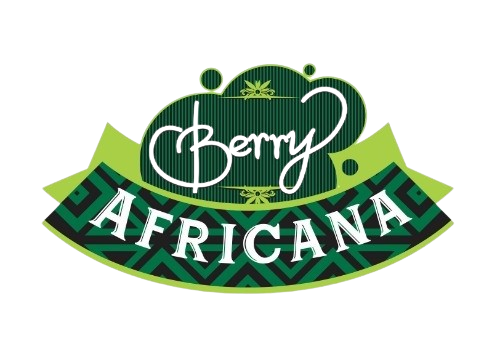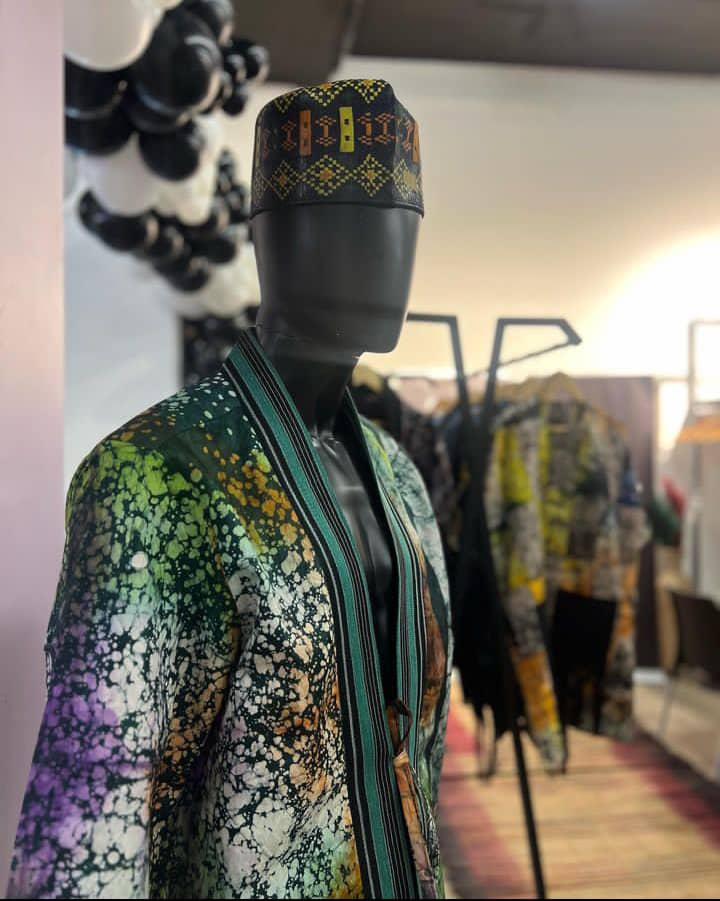The eco-friendly fashion movement in the US is increasingly turning to African textiles for inspiration and integration. Designers and brands are incorporating these materials into their collections, drawn to their unique aesthetics and sustainable qualities.
African textiles, such as Kente, Adire, Mud Cloth (Bogolan), and Aso Oke, have been handcrafted for centuries using methods that respect the environment. These fabrics are deeply woven into the cultural fabric of the continent, symbolizing identity, storytelling, and community.
What makes these textiles particularly noteworthy is their reliance on natural materials and dyes. From the hand-spun cotton of West Africa’s Aso Oke to the fermented mud dyeing process of Bogolan in Mali, these techniques use sustainable resources and avoid the chemical-intensive processes prevalent in industrial fashion production.
Key Contributions of African Textiles to US Eco-Fashion:
- Natural Dyeing Techniques: The Adire fabric of Nigeria, known for its indigo dyeing process, uses plant-based dyes that are biodegradable and non-toxic. This contrasts sharply with synthetic dyes that pollute waterways.
- Handmade Artisanal Processes: African textiles are often handwoven and hand-dyed, reducing the carbon footprint associated with machine production. These artisanal methods also support fair trade practices and empower local communities.
- Upcycling Practices: Many African communities have a long tradition of repurposing old fabrics into new designs. This ethos of reuse aligns with the zero-waste principles championed by eco-conscious brands in the US.
Leading the Charge: US Designers Embracing African Textiles
Several US-based designers and brands are incorporating African traditional textiles into their collections, celebrating their heritage while promoting sustainability:
- Studio 189, co-founded by Abrima Erwiah and Rosario Dawson, partners with artisans in Ghana to produce collections that combine ethical practices with contemporary designs.
- Brother Vellies, founded by Aurora James, integrates traditional African techniques and materials into luxury footwear and accessories.
- Osei-Duro, based in Los Angeles, collaborates with artisans in Ghana to create hand-dyed garments using sustainable practices.
Lessons from African Textiles for Sustainable Fashion
The eco-friendly movement in the US has much to learn from African traditional textiles:
- Local Sourcing: Many African fabrics are made from locally grown cotton or other natural fibers, reducing the environmental impact of transportation.
- Community-Centered Production: The communal approach to textile production fosters ethical labor practices and economic empowerment.
- Slow Fashion: African textiles emphasize quality and durability over mass production, encouraging a shift towards mindful consumption.
Challenges and Opportunities
While the integration of African textiles into the US fashion scene is promising, challenges remain. Issues like cultural appropriation, lack of credit to African artisans, and unequal profit distribution need to be addressed. Collaborative partnerships that prioritize fair trade, proper recognition, and economic benefits for African communities can pave the way for a more equitable fashion industry.
Conclusion
African traditional textiles are more than just fabrics; they are a testament to sustainable practices rooted in culture and heritage. As the eco-friendly movement gains momentum in the US, these textiles offer valuable lessons in environmental responsibility and community-centered fashion. By embracing African craftsmanship, the US fashion industry can not only reduce its environmental footprint but also celebrate the artistry and ingenuity of African traditions.


Leave a comment